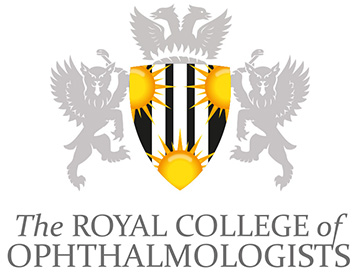Workforce Census 2016: A picture of the size and shape of the UK ophthalmic medical workforce
30 March 2017
The RCOphth, with the publication of its most recent Workforce Census 2016 report with data from 75% of hospital eye units in the UK, places another important piece of the jigsaw depicting the current state of secondary NHS ophthalmology care.
The report indicates that throughout the UK, departments are struggling to provide the service required by their population. Around a half of the units have unfilled consultant and/or SAS positions, over 90% are undertaking waiting list initiative surgery or clinics, with a similar proportion estimating that they require between one and five additional consultant ophthalmologists over the next two years.
Are there enough trainees in the UK to satisfy demand for new and replacement consultant positions in the next two years? Probably not according to the report. The RCOphth continues to lobby for additional training numbers (there have been many more applicants than available posts since run through training commenced in 2012), but the current government position is to freeze the number of training posts for the next ten years.
The recent RCOphth The Way Forward (TWF) reports summarise the likely expansion in demand with between a 20 and 30% increase in workload predicted over the next 10 years for the common ophthalmic conditions of the elderly. These documents indicate how some departments have developed alternative ways of efficient working and are recommended reading for those who have yet to consider such strategies. Many more will need to be equally innovative if the current trend of increasing cases of visual loss as a result of delayed assessments/treatments is to be reversed.
The RCOphth supports any innovation that improves efficient patient care and welcomes approaches from departments who wish to emulate those illustrated in the TWF documents and the Common Clinical Competency Framework documents, a collaboration of healthcare professional organisations that provides standards and guidance for the knowledge and skills required for non-medical eye healthcare professionals in expanded roles to deliver patient eye care.
However, the data from the workforce report clearly indicates that the UK urgently requires more ophthalmologists in service. Retaining those already working but approaching retirement will be as important as training new ophthalmologists as >20% of the consultants were aged >55.
Professor Stephen Vernon
VP, Policy & Communications
